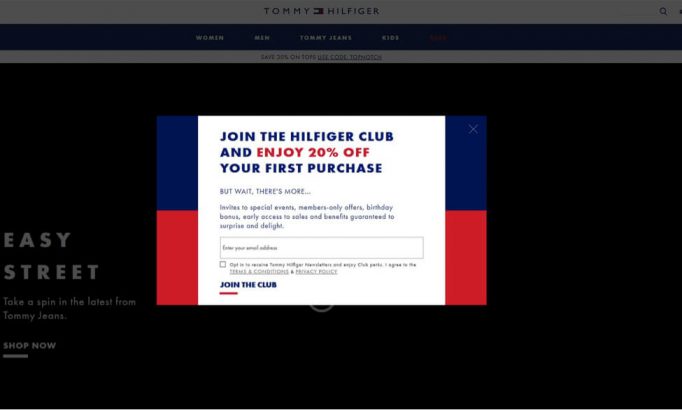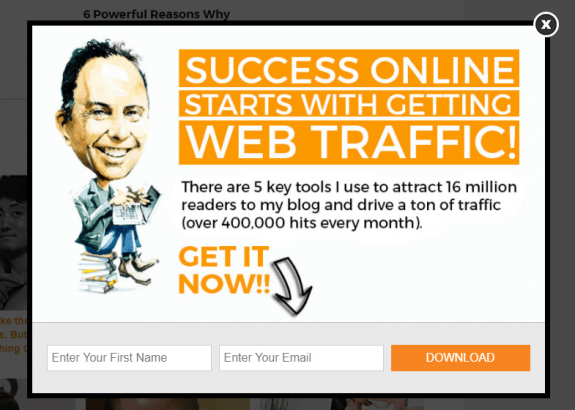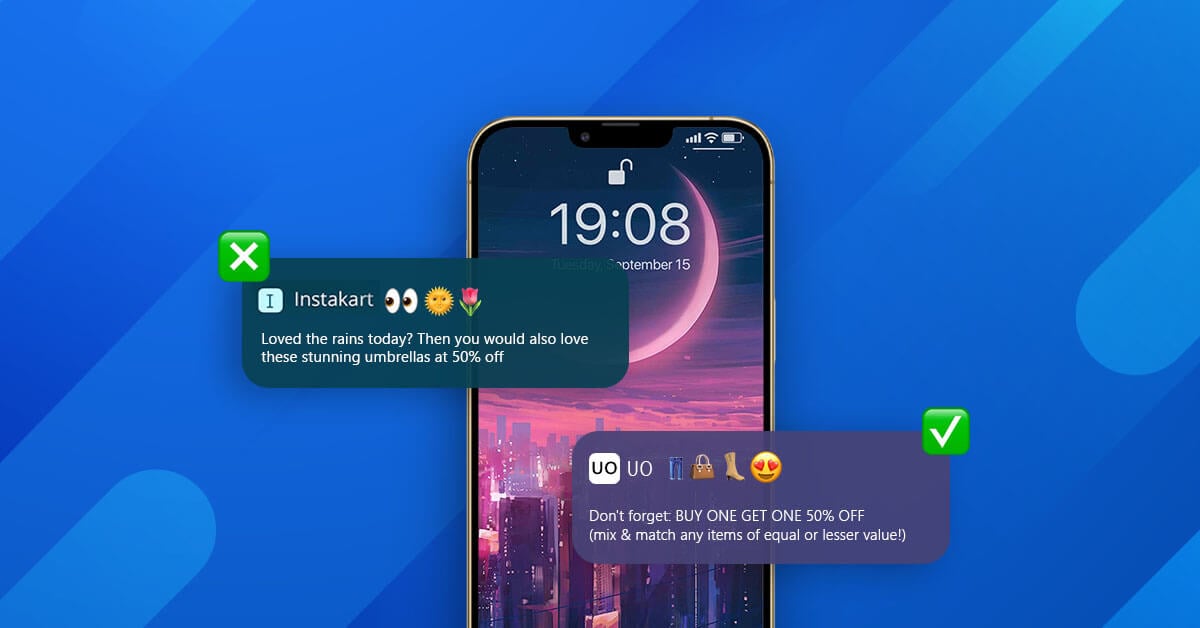The average percentage of users who leave their email address upon seeing an email popup is 6%. This figure can be corroborated from various external studies too. For example, Nikki, In Stitches experimented with a lightbox popup that saw an increase of more than 1,375% in her subscribers. Organic Aromas, who also did the same experiment, saw an increase of over 150% in their signups.
Therefore, the significance of email popups can’t be stressed enough. However, not all email popups are equally impressive and rewarding. The design, the targeting, and the offer play a critical role in the result. There’s a world of difference between a decent and a poor popup.
So, here we are with an in-depth guide on creating the best email popups. No unnecessary jargon, just simple tips that you can follow right away. Give it a read.

1. Set Clear Objectives
Start first by thinking about your objectives. Ask yourself questions like whose emails you want to collect, who your visitors are, can your visitors be segmented into different groups, and the ROI generated via the email subscriber.
Once you’ve figured out answers to the questions mentioned above, you can dig into the process of crafting your popup.
2. Timing is Everything
Finding the right time is usually dependent on choosing the right trigger. What action from the users led the popup to appear? In simpler terms, you need to find out the exact moment that can maximize the chances of your user subscribing to your email popups.
3. Identification of Your Segments
Once you have found the right trigger, you need to refine your audience. It involves determining whose emails you want to collect. After you have decided upon your segments, you can leverage the following targeting options to achieve them.
- New/returning: You must first draw a line between new and returning customers. While the first ones are completely unfamiliar to your brand, the latter ones have already been engaged with it.
- Traffic Source: People who came to your site directly have a very different relationship with your brand than the users who accessed your site through an ad. Therefore, you may need a different message to convince them to subscribe.
- Interest: If you deal in multiple products or services, you can adapt your popup to the product or service that they are most interested in. You can do this through page targeting and cater to users seeing a specific product category with a specific popup.
- Device: Create different campaigns if your mobile visitors behave differently from desktop users.
4. Think Like A User
It’s time to convert your users with offers that they find difficult to resist. What can convince them to subscribe to your email popups? Here are a few options that you can consider.
1. Coupons

When it comes to popups, coupons can be a very powerful tool. Studies show that coupons help clients capture thrice the number of emails than the times when there was no discount. Free shipping can be another great option.
2. Sweepstakes

Sweepstakes are another excellent medium to get your visitors to subscribe to your email popups. Studies show that sweepstakes campaigns lead to thrice the number of subscriptions than regular campaigns. It could be because they cost less than coupons and add some fun too.
3. Freebies

Often, giving away exclusive items like an ebook can prove much more effective than a gift or a coupon. This is especially true if you own a B2B or SaaS company.
4. No Offer
Sometimes, subscribers are merely looking for an amazing newsletter. This could mean giving your subscribers access to product announcements, special offers, exclusive news, new collections, etc.
Crafting the Ideal Popup Copy
Once you’ve figured out your targeting and offer, you need to give your popup copy some attention. You need to ask yourself what would be a user’s motivation behind subscribing to your popup and what they would get after subscribing to your email popups.
The answers to these two questions should be the foundation for your popup content.
Text
Your popup copy plays a pivotal role in attracting your users’ attention and motivating them to subscribe to your popup. You can deploy the following strategies to generate excellent results for yourself.
- Simply highlight the benefits and let your subscribers know what they would be getting upon signing up.
- Using humor can be a great way of shaking your visitors and convincing them to join you.
- People like to be associated with a club as it makes them feel special. You can leverage a community to help your potential subscribers feel like a part of an elite club.
Call-to-action
The CTA is the latter half of your popup copy. It should be such that it focuses on the benefit for the users. Forget the generic terms like “submit” and “download” and step into your visitors’ shoes.
Popup Size
You need to take a call on how visible you want your popup to be. It would be more difficult for your users to miss the popup if it’s larger. But also, you need to figure out how far you’re willing to go. A larger popup may end up becoming more intrusive for your users.
Honestly, I’d recommend designing full-screen popups only if the triggering point for your popup is at the exit. Otherwise, they can lead to an increased bounce rate on your site.
Wrapping Up
That pretty much sums up everything you need to do to create the most compelling email popups that can significantly boost your subscription. Remember the key to creating an ideal popup is to put yourself in the shoes of your customers and think about what they might want to get from your popup. Your work would be more than half done if you get that right.
If you are still wondering how to create the most impressive email popups, take Wigzo’s Free Trial to boost your subscriptions right from today.













